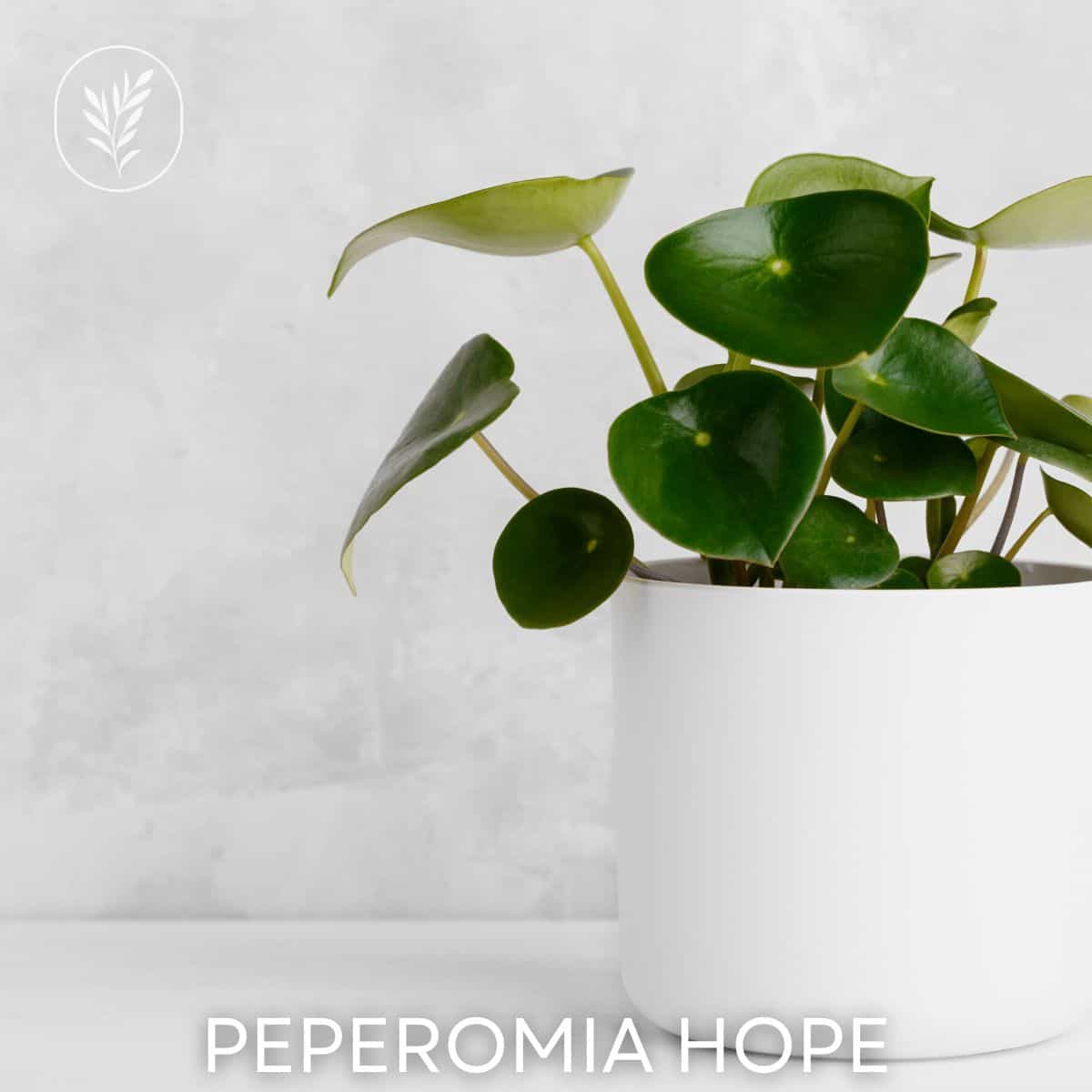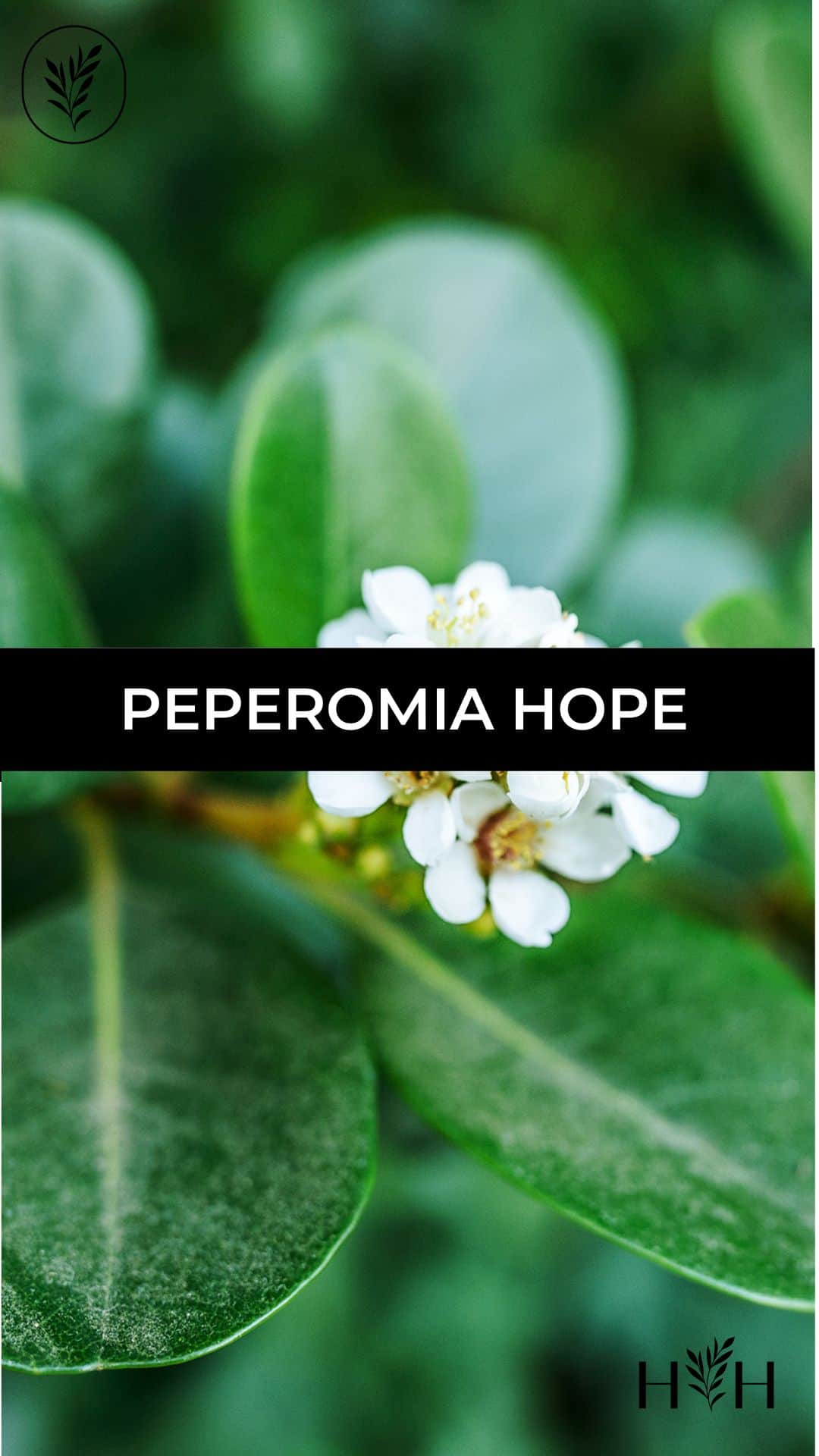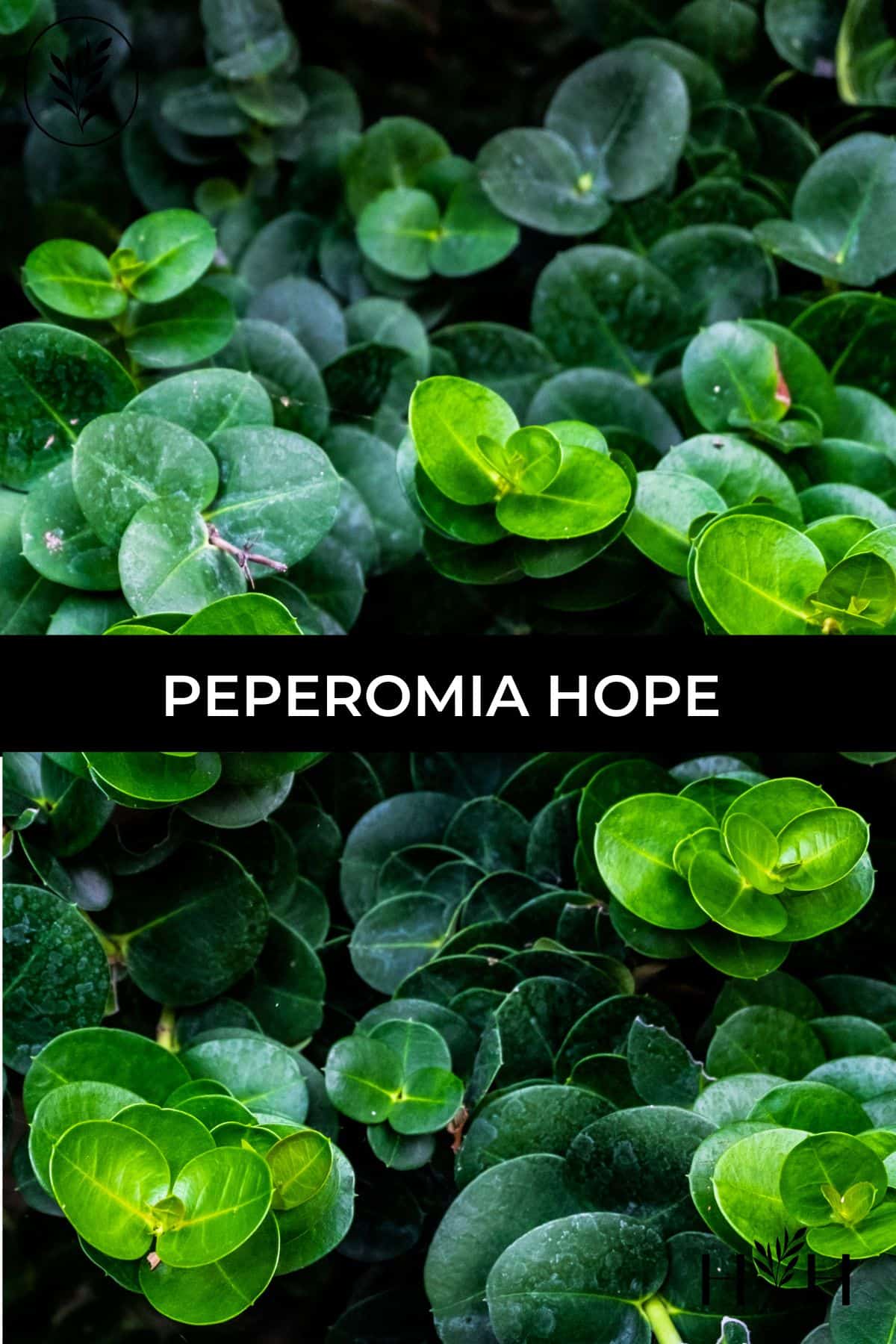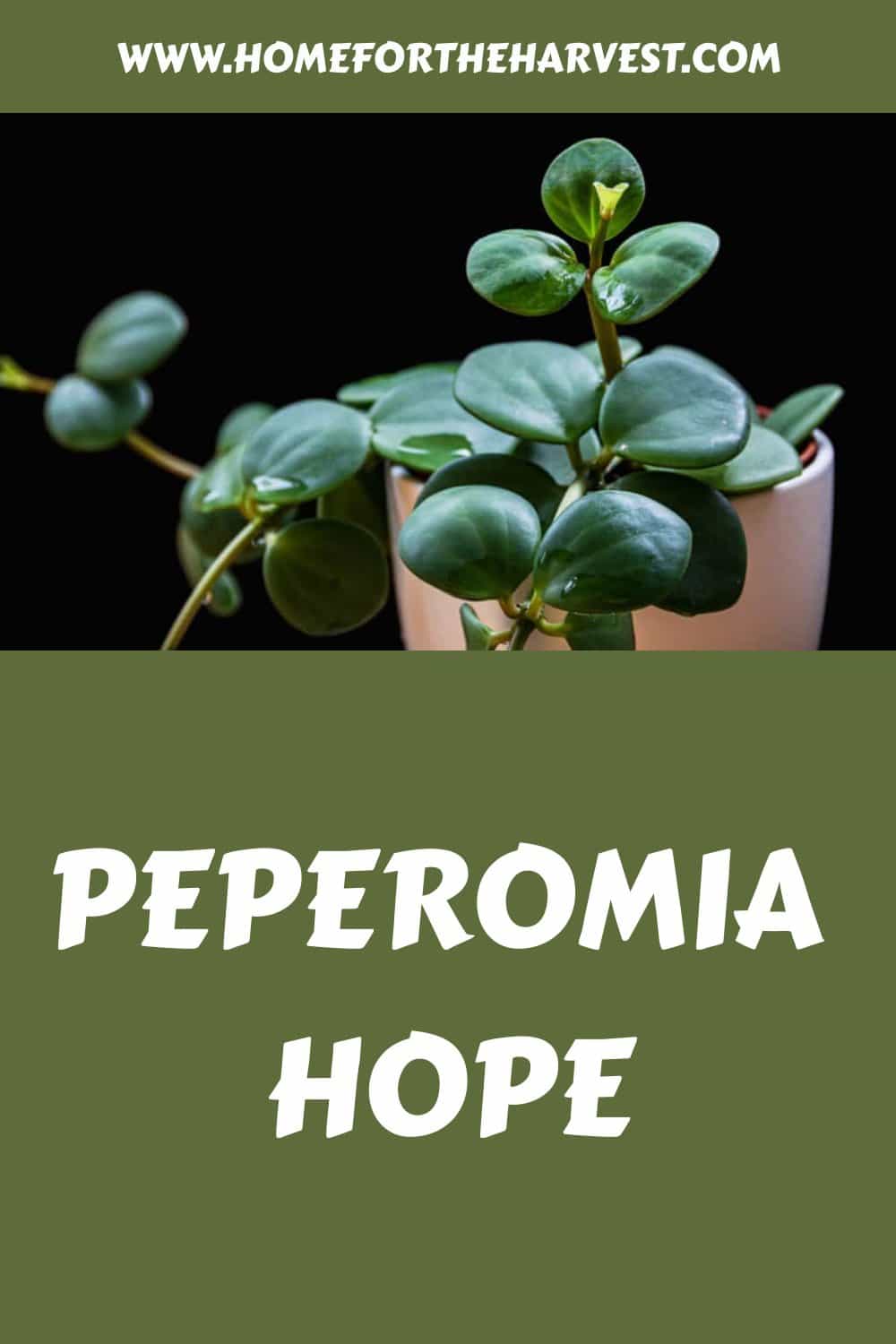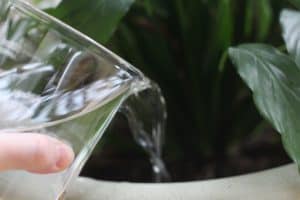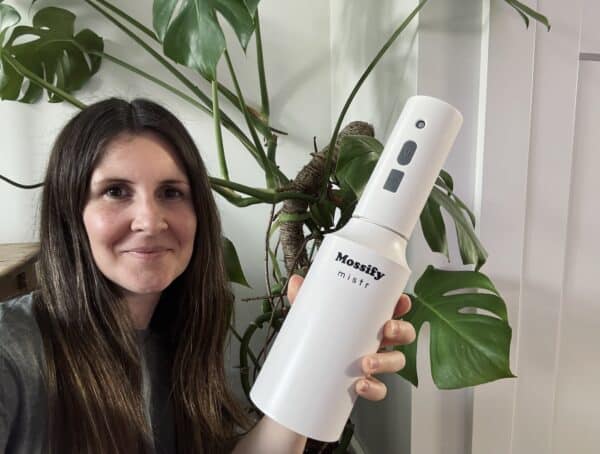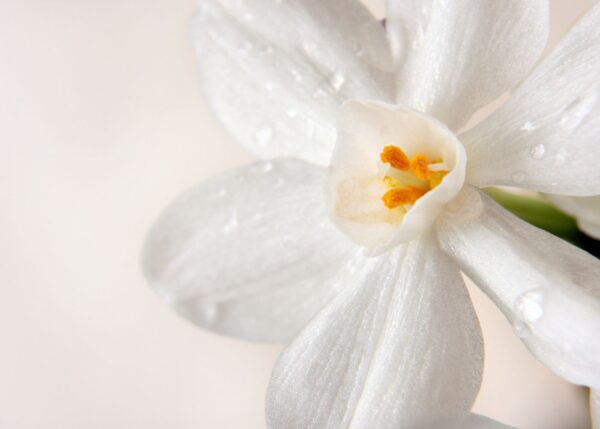Peperomia plants make some of the best houseplants around. While there are countless varieties to choose from, one of the best to grow is the Peperomia Hope.
Peperomia Hope is a hybrid Peperomia cultivar with round, fleshy dark green leaves. Developed as a hybrid of Peperomia quadrifolia and Peperomia deppeana, Peperomia ‘Hope’ is a small vining succulent plant that typically grows to a maximum height of 6″-12″ tall. Peperomia Hope is easy to grow and makes a great indoor houseplant for beginners.
Read on to learn all about Peperomia Hope!
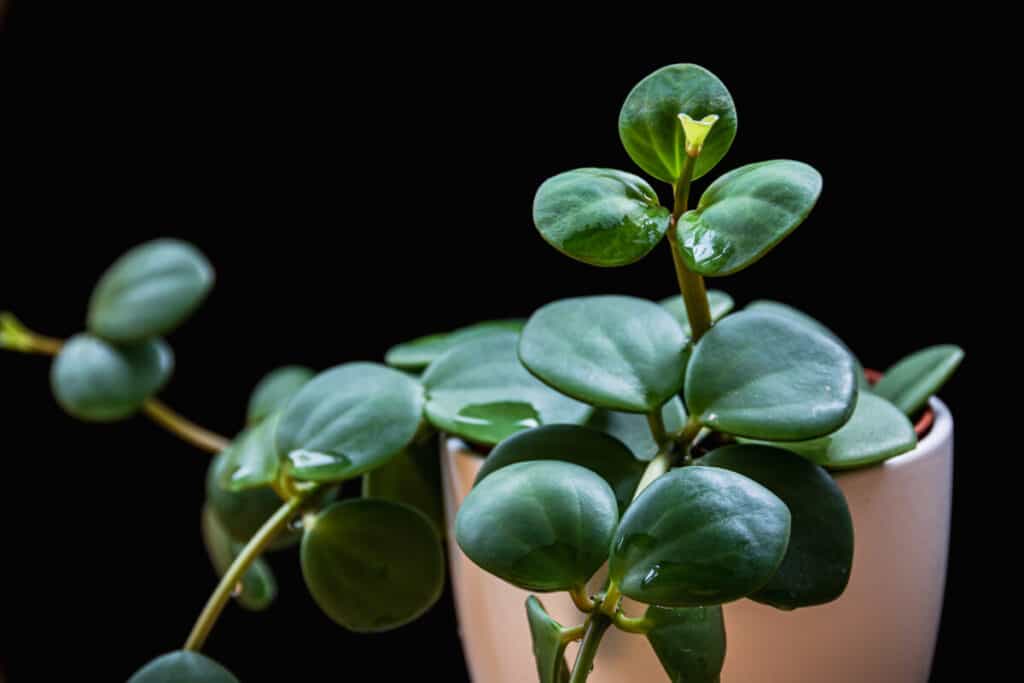
Peperomia Hope: The basics
Peperomia ‘Hope’ is one of many different types of Peperomia plants. Peperomia are small succulent plants that tend to grow This diverse plant genus is native to the tropics of Central and South America. These plants like warm, humid weather and are tolerant of the low light conditions in their native tropical understory environment.
There are over 1000 different species of Peperomia, with about 100 of these species cultivated in the United States (reference: University of Florida). These plants are referred to as a group as Radiator plants. Peperomia ‘Hope’ is a hybrid cultivar bred as a cross of the species Peperomia quadrifolia and Peperomia deppeana.
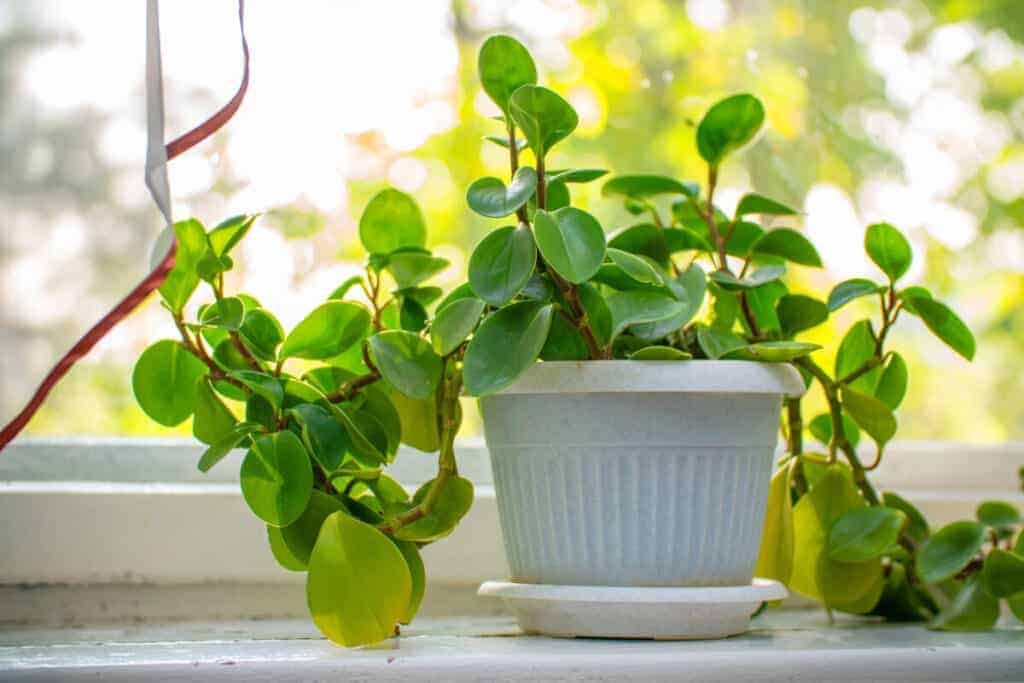
Peperomia Hope plant care basics
Start by making sure that the environment is well-suited to the plant. Temperatures should be above 64 degrees Fahrenheit, the air should be relatively moist, the light should be filtered but not overly low, and the soil should be breathable and relatively loose.
Temperature range for Peperomia Hope
Peperomia ‘Hope’ grows well at room temperature. Ideally, your Peperomia plant will have consistent temperatures between 65°-75°F (18°-24°C). This plant does have the ability to withstand some extreme temperatures, but consistency is best for this houseplant. Try not to let it get too cold (especially if transporting it during wintertime in cold climates).
Humidity levels for Peperomia Hope
This plant is accustomed to humid environments, but being drought-tolerant, it can survive in drier conditions as well. Peperomia Hope thrives in the range of 40% to 50% humidity. The best way to achieve this humidity range is with a humidifier, as pebble trays tend not to be effective in the long run.
Light requirements for Peperomia Hope
When it comes to getting sunlight, the peperomia hope plant does not require very much at all. This houseplant is a good low-light plant, but it does need a little sun every once in a while. Try placing it in a spot that gets indirect sunlight instead of harsh direct rays. You can also put it behind some sheer curtains so that it gets just enough sunlight without worrying about direct sunlight harming the leaves.
Watering Peperomia Hope
Water Peperomia ‘Hope’ every time the topsoil is dry and crumbly. This is about every 3 days in warm weather and up to 10-14 days during cold seasons. The pot should be well-draining to prevent the plant from sitting in stagnant water. Roots require access to both water and air to thrive.
Potting soil for Peperomia Hope
The Peperomia Hope plant can be picky about the soil quality. The soil needs to be very breathable, which can be achieved by adding sand, gravel, or perlite. However, the soil should also have water-retentive properties. Most high-quality potting soil mixes contain peat moss or coco coir for this purpose.
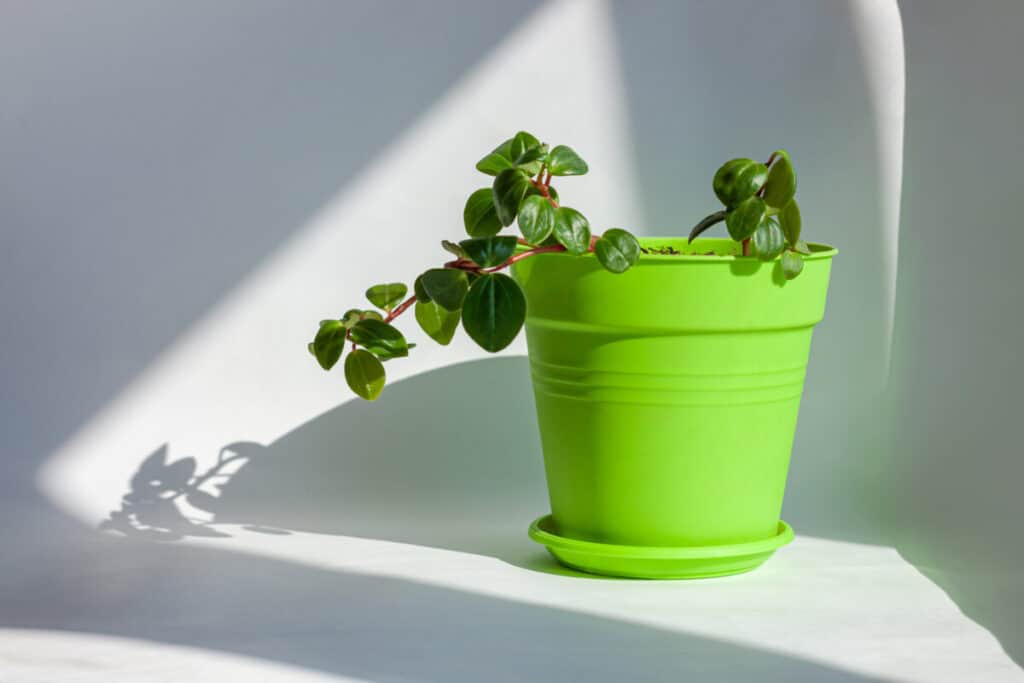
Re-potting Peperomia Hope
To re-pot Peperomia Hope, choose a pot that is about 2″ wider than the pot the plant has outgrown. Peperomias tend to be small and usually aren’t potted up in planters larger than 8″ wide. Be sure that the new planter has adequate drainage holes at the bottom of it (plus a saucer underneath if the plant will be on a delicate surface).
Remove the Peperomia root ball from the first pot. Examine the roots and gently pull away any thick fleshy roots encircling the root ball. Place the root ball into the new pot. Check the level of the stem base. Add some soil under the root ball until the base of the stems is between one inch to a half inch below the rim. Backfill the planter with more potting soil. Water the plant deeply after repotting.
Peperomia Hope propagation
Peperomia ‘Hope’ can be propagated using several different techniques, including stem-tip cutting, leaf-petiole cutting, split-vein cutting, and division. Propagation is most successful when the mother plant is young and healthy (but not overly fertilized with plant food). Cuttings are also more likely to root when taken from the mother plant in spring-summer-fall while the plant is actively growing. Avoid taking stem cuttings in late fall or in the wintertime.
It is common to propagate this plant from cuttings with one leaf and some stem length, however, a more sure way of propagating is to use a stem. Just cut off a healthy chunk of the stem from a mother plant, let it callus (dry) for a day, and then plant in moist soil or water. It should only take 6 to 8 weeks for the plant to take root when placed in a warm area with partial shade. Regularly water it with room-temperature water.
Peperomia plants propagated by division typically grow into fuller-sized plants much more quickly than rooted cuttings. That said, it takes a larger mother plant to propagate via division. When dividing Peperomia Hope, pull the plant out of its planter. Examine the stems at the base of the plant and look for a good spot to separate up the plant into 2-3 different plants. Using a plant knife (or even just your hands), gently pull apart the root systems. There are usually a few roots that need to be severed with a pair of clean, sharp scissors. Re-pot each division up in its own planter.
Common pests and diseases affecting Peperomia Hope houseplants
Finally, it is important to know the kinds of pests and diseases that commonly affect this houseplant. Peperomias as a general species are subject to a variety of fungal, viral, and insect infections. Ring spots and fungal spots on the leaves are very common but easy to get rid of. You should prune off any leaves or stems that show spots, rings, or rotting. Reducing the amount of water given to the plant is a good way to control fungal infections as well. Another effective disease-control measure is to use an organic fungicide.
When it comes to bugs, this plant can become infested with caterpillars, fungus gnats, and several kinds of mites. Some quick fixes to these bug problems are reducing the amount of water given to the plant or using an organic insecticide. Fungus gnats are especially attracted to the water and any algae growing on the plant, so reducing the amount of water should solve the problem quickly.


